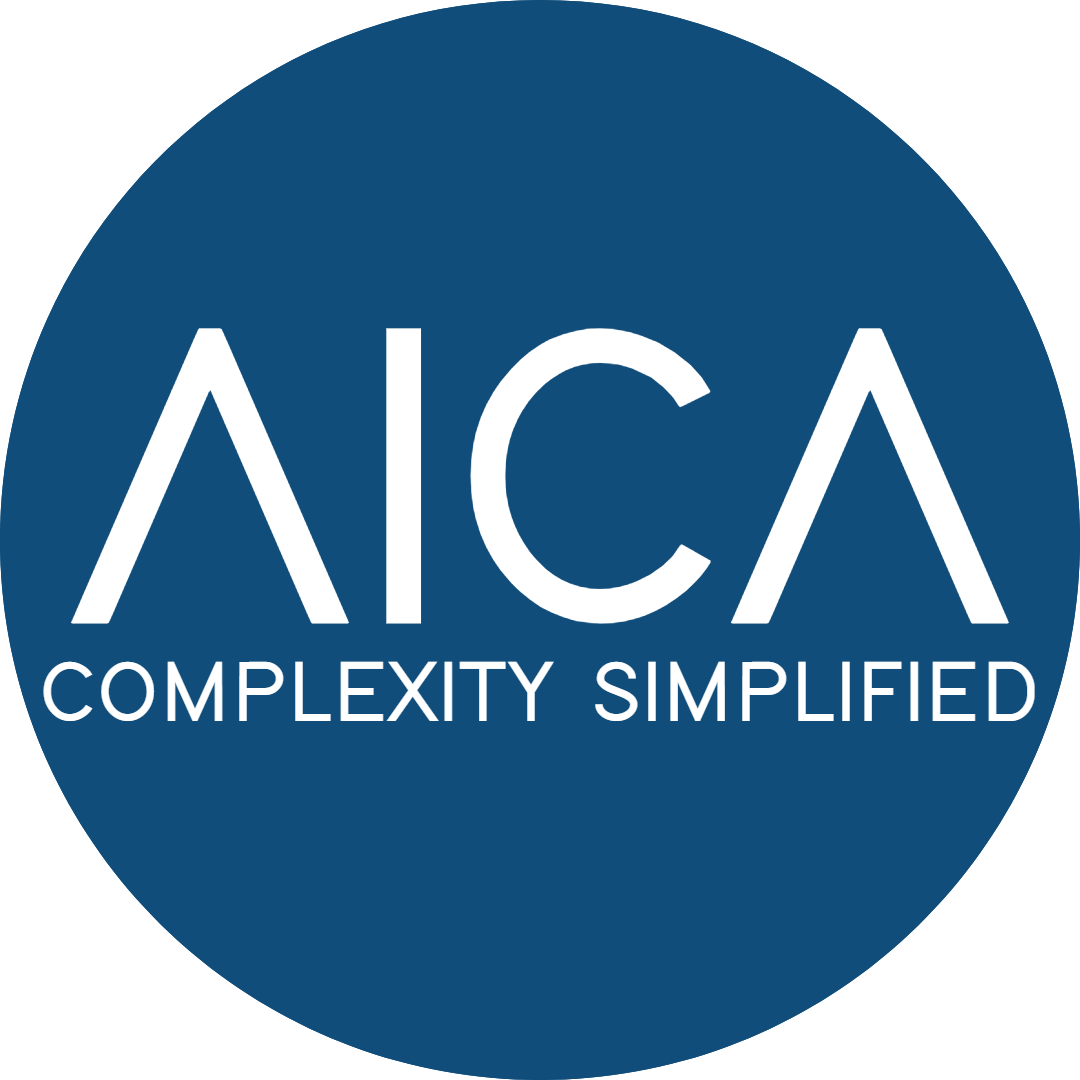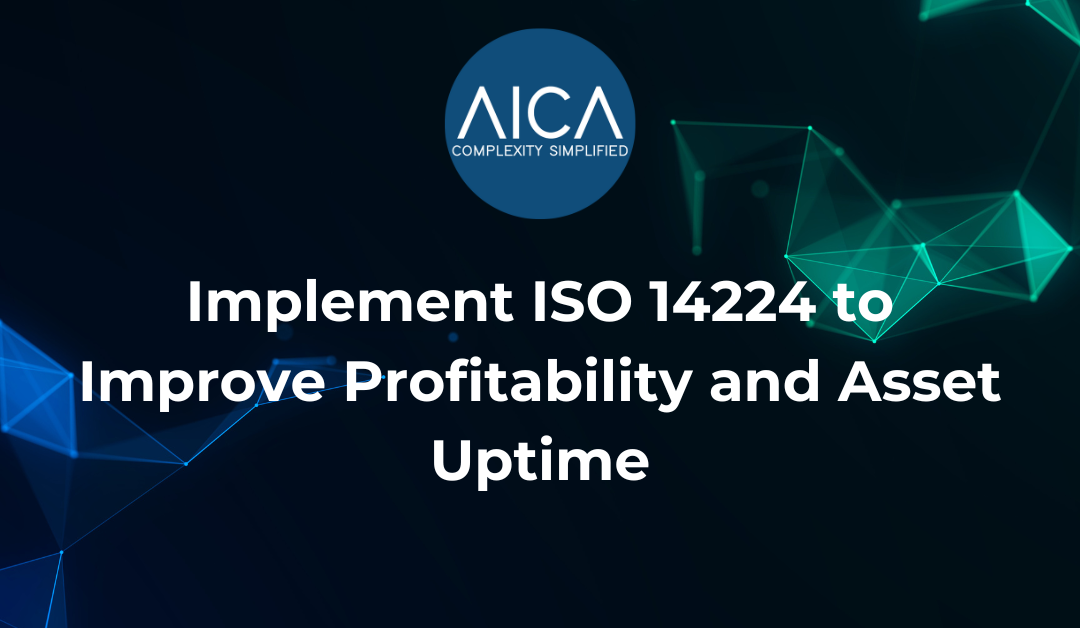Every organisation with an MRO department wants to improve uptime, reduce operational risk, and lower maintenance costs. However, these goals are often undermined by fragmented data and reactive decision-making. Fortunately, ISO 14224 implementation for MRO data offers a proven way forward.
Developed to standardise the collection of reliability and maintenance data for equipment in asset-intensive industries, ISO 14224 provides a framework that transforms raw maintenance records into structured insights. When implemented correctly, it enables a shift from reactive to proactive maintenance strategies, leading to measurable gains in uptime, cost control, and overall profitability.
The Case for ISO 14224 Implementation for MRO Data
In the oil and gas, mining, utilities, and heavy manufacturing industries, equipment performance directly impacts the bottom line. Failures result in unplanned downtime, inflated maintenance budgets, and safety risks..
To overcome these challenges, ISO 14224 introduces a standard taxonomy and methodology for capturing, analysing, and acting on reliability data.
AICA ensures ISO 14224 compliance by directly classifying MRO data and enriching asset records, failure modes, and component attributes. This, in turn, creates structured, reliable datasets ready for predictive maintenance, asset performance systems, and long-term data governance.
1. Reducing Downtime and Increasing Uptime
Proactive Failure Prevention
ISO 14224 provides standard reliability metrics like Mean Time Between Failures (MTBF) and Mean Time to Repair (MTTR). These metrics enable maintenance teams to identify trends and intervene before failures occur.
For example, operators have used these metrics to reduce downtime by up to 25% across surface facilities. Additionally, they improve availability by applying MTBF tracking to critical assets like transformers in power distribution networks.
Integration with Digital Tools
ISO 14224 distinguishes between preventive and corrective maintenance, enabling teams to prioritise proactive interventions and avoid costly breakdowns.
For instance, in chemical plants, the standard has helped reduce pump failures, cutting maintenance costs by up to 30%.
Moreover, it supports smarter procurement decisions—such as tracking warranties and sourcing remanufactured parts—leading to further cost reductions.
2. Driving Cost Reduction and Profitability
Lower Maintenance Costs
The standard distinguishes between preventive and corrective maintenance, helping teams prioritise PM and avoid expensive, reactive interventions.
In particular, ISO 14224 implementation for MRO data has helped reduce pump breakdowns in chemical plants, cutting maintenance costs by up to 30%.
Furthermore, it supports smarter procurement—like tracking warranties and using remanufactured parts—resulting in additional cost savings
Increased Production and Revenue
More uptime means more throughput. In the Masila Block oil field, ISO 14224 was implemented alongside CBM and integrated with SCADA and ERP systems. One oil & gas company cut OPEX maintenance costs by 64% and increased oil production by 53%. This resulted in $8.2 million in annual profits.
Risk-Based Prioritization
The relational model of ISO 14224 also supports data-driven prioritisation of maintenance tasks.
For example, one onshore facility improved equipment reliability by 20% by using structured data to refine its spare parts strategy and optimise equipment design.
3. Enabling Broader Operational Benefits
Improved Data Quality and Collaboration
ISO 14224 creates a common language across departments, promoting alignment between operations, maintenance, engineering, and suppliers.
Consequently, it enables organisations to benchmark performance across sites and consistently track KPIs like asset availability and failure frequency.
Foundation for Advanced Technologies
The true value of ISO 14224 emerges when it powers AI, machine learning, and digital twin systems. Predictive analytics becomes far more accurate and actionable when built on clean, classified data. Organisations that leverage structured failure and maintenance records often reduce reactive maintenance to below 20% and significantly improve uptime and operational efficiency.
AICA’s Role in ISO 14224 Success
At AICA, we help MRO organisations implement ISO 14224 by cleansing, enriching, and standardising their equipment and failure data. Our Agentic AI platform delivers over 90% accuracy in classifying and structuring asset records, enabling:
- MTBF and MTTR tracking across asset hierarchies
- Condition-based maintenance strategies
- Risk-based prioritisation of maintenance resources
- Integration with predictive maintenance, ERP, and EAM platforms
Whether you are preparing for an ISO 14224 rollout or currently struggling with fragmented failure data, AICA provides the data foundation you need to drive uptime, safety, and profitability.
Conclusion
ISO 14224 is more than a compliance framework; it’s a profitability tool. By standardizing how maintenance and reliability data are captured and used, MRO organisations can shift from reactive firefighting to proactive, data-driven operations.
However, structured insights require structured data.
With AICA, implementation becomes faster, easier, and more effective, giving your organisation a measurable edge.
Visit our website or contact us at info@aicadata.com to learn how we help asset-intensive organisations implement ISO 14224 through automated data enrichment and classification.
Copyright Reserved © AICA Data International Ltd 2025

